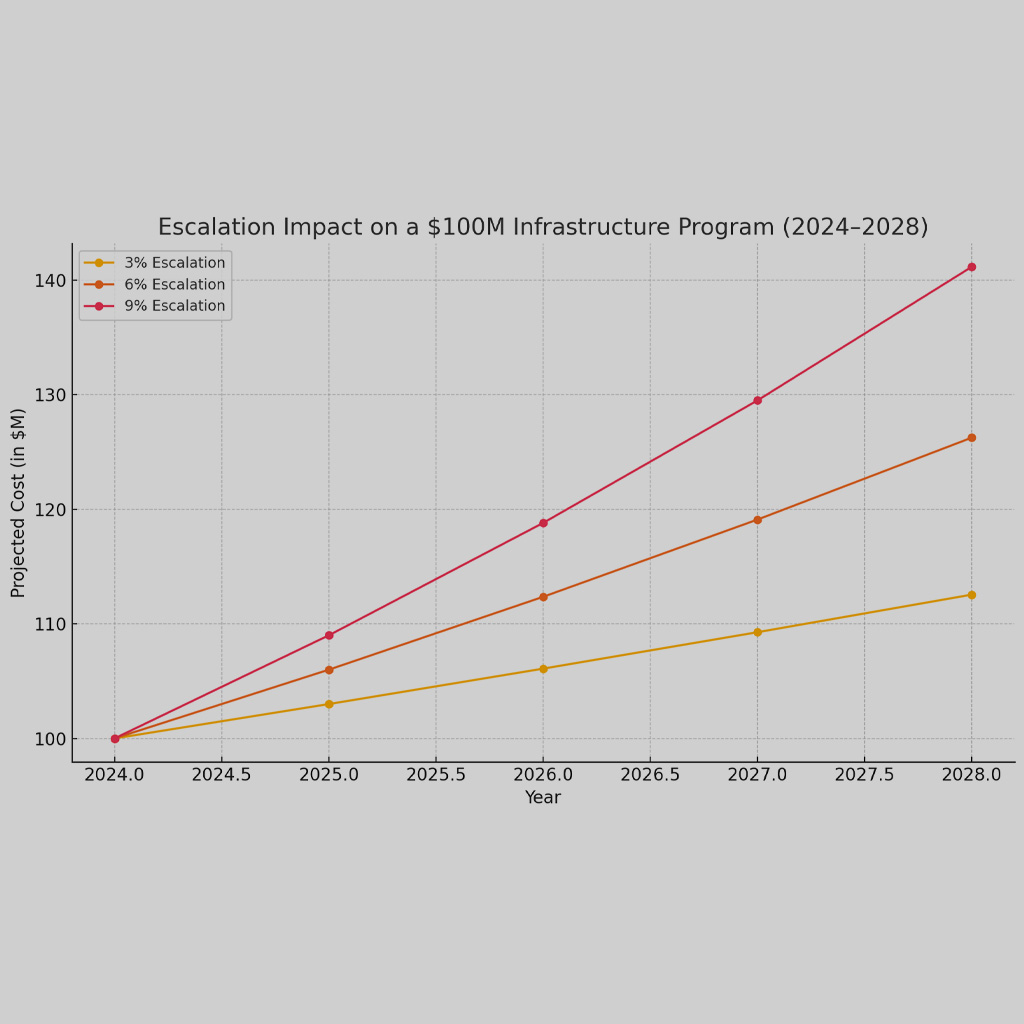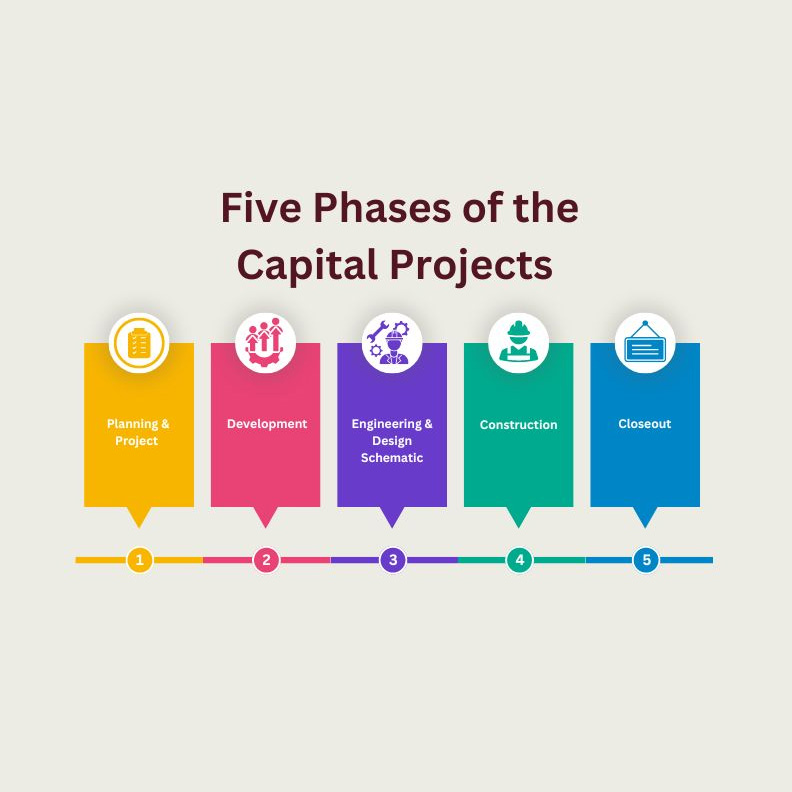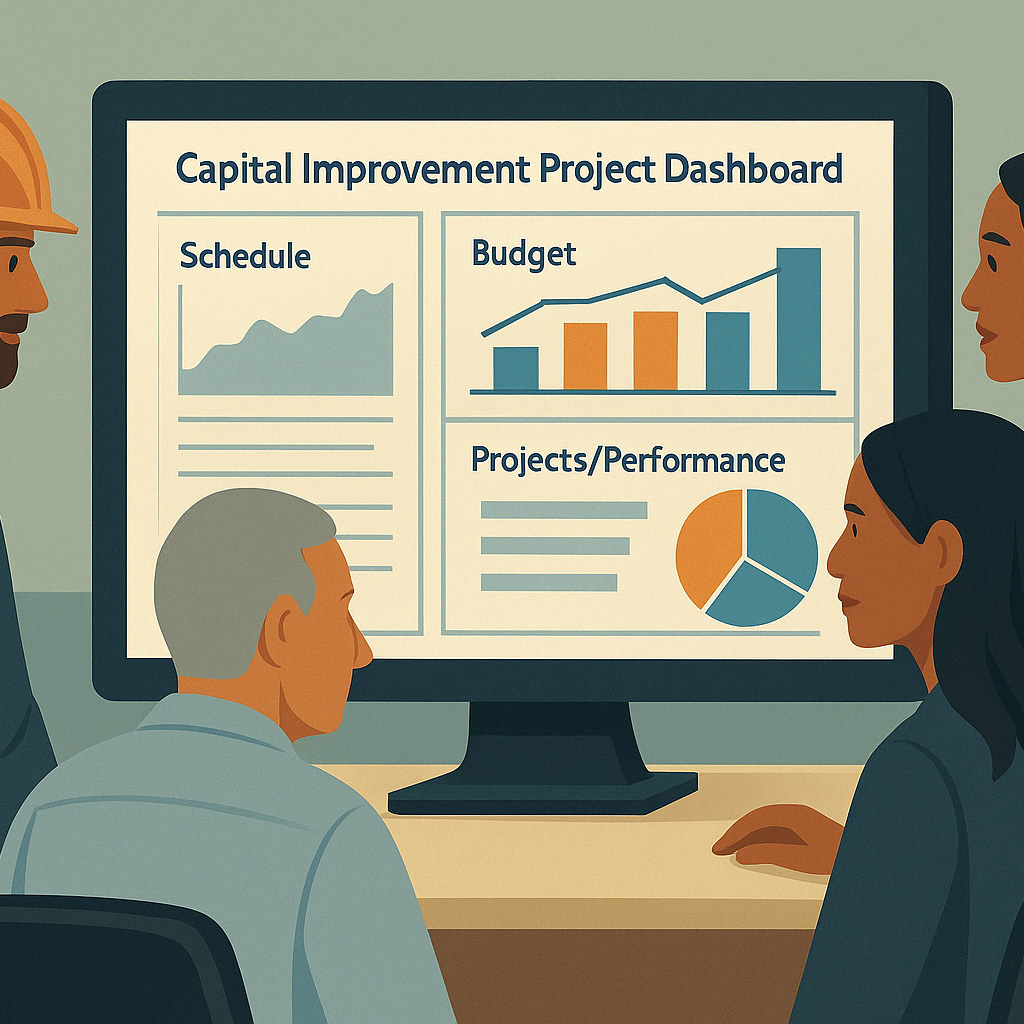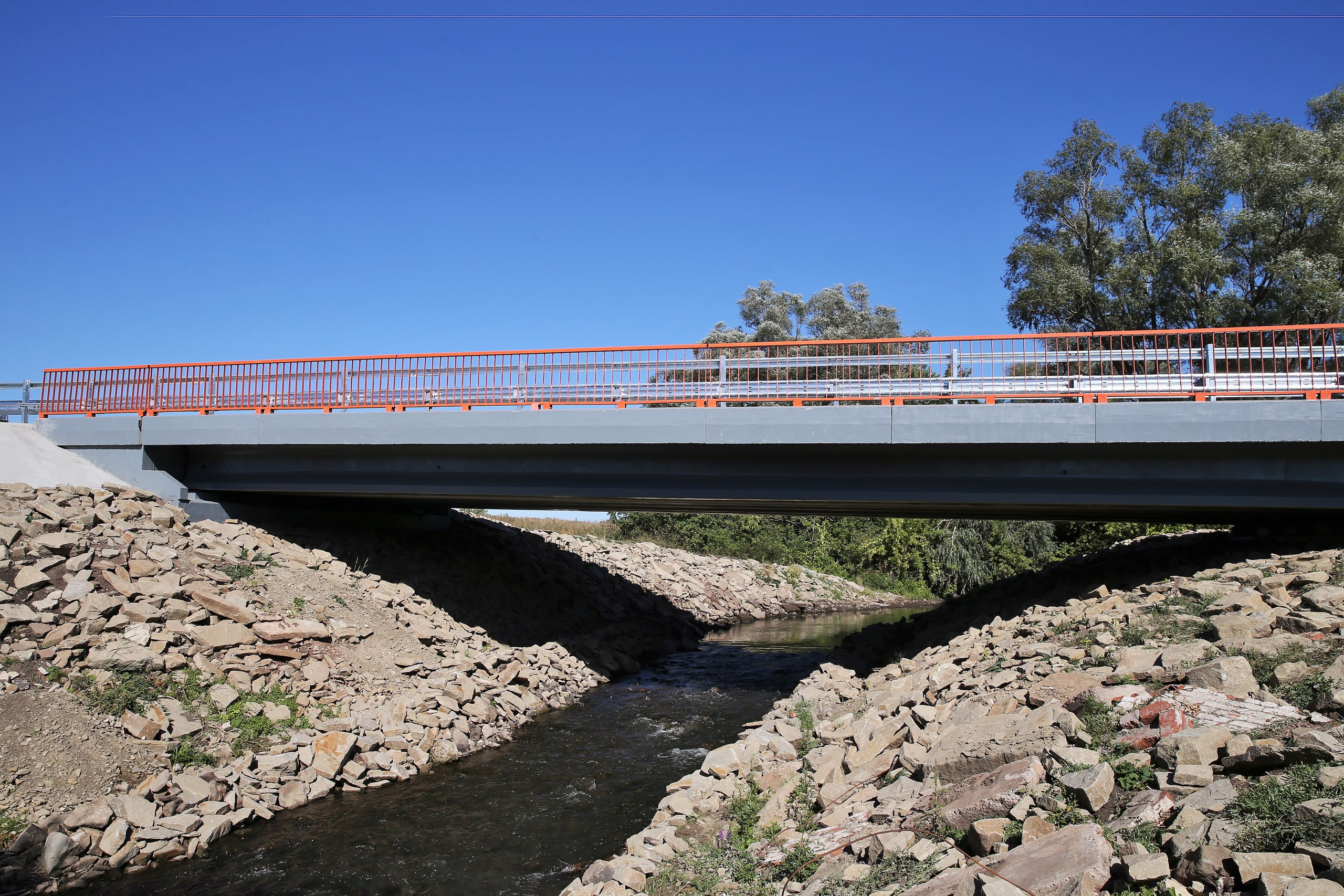How Investing in Infrastructure Can Benefit Your Community
If you’re looking for ways to improve your community and promote economic growth, you might want to consider investing in Capital Improvement Projects (CIPs). CIPs refer to a wide range of projects, from road and bridge repairs to the construction of new public facilities, such as schools and libraries.
CIPs are an essential component of any community’s growth and development strategy. They help to maintain and improve existing infrastructure, while also creating new opportunities for growth and development. In this article, we’ll explore some of the benefits of investing in CIPs, including improved quality of life for residents, job creation, economic growth, and financial stability.
Improved Quality of Life for Residents
One of the most significant benefits of CIPs is the improved quality of life they can provide for residents. By investing in infrastructure such as parks, libraries, and community centers, CIPs can create more opportunities for educational and recreational activities. These facilities can also serve as community hubs, bringing people together and helping to foster a sense of community pride.
In addition to providing recreational and educational opportunities, CIPs can also help to address traffic and safety issues. Improving roads and bridges can reduce congestion and improve the safety of the community. Investing in public transportation can also make it easier for residents to get around, reducing traffic and pollution.
Job Creation
CIPs can also stimulate job growth, both in the construction industry and in related fields. According to a study by the National Association of Home Builders, for every $1 million invested in CIPs, 28 jobs are created in the construction industry, and another 27 jobs are created in related fields. That’s a total of 55 jobs per $1 million investment, which can have a significant impact on the local economy.
Economic Growth
In addition to creating jobs, CIPs can also stimulate economic growth. By investing in infrastructure, communities can attract new businesses and industries, which can create new job opportunities and generate additional revenue. Improved infrastructure can also make it easier for existing businesses to operate, reducing costs and increasing efficiency.
Financial Stability
While CIPs can be expensive, they can also be financed through Capital Improvement Bond Programs. By spreading the cost over a longer period of time, communities and organizations can make the investment more affordable and less of a burden on their budgets. Additionally, having a strong CIP program can have a positive impact on a community’s bond rating and financial stability, according to a report by Moody’s Investors Service. This can make it easier for these communities to access funding for future projects, helping to ensure their continued growth and success.
Investing in a CIP can be a smart move for communities and organizations looking to promote growth and development. By improving infrastructure and creating new opportunities for growth and development, CIPs can enhance the quality of life for residents, stimulate job creation and economic growth, and improve financial stability.
In conclusion, CIPs are like a delicious cake, they may seem expensive at first, but by spreading the cost over time and enjoying the benefits of improved infrastructure, economic growth, and community pride, it’s well worth the investment. So, don’t be afraid to take the leap, invest in a CIP, and watch your community soar to new heights!
At Front Line Advisory Group, LLC, we provide program management consulting services for capital improvement bonds. We are revolutionizing the construction industry and transforming client expectations by obsessing over the basics of budget oversight, schedule enforcement, compliance, vendor management, and stakeholder communication. Contact us for more info at info@frontlineadvisorygroup.com.













